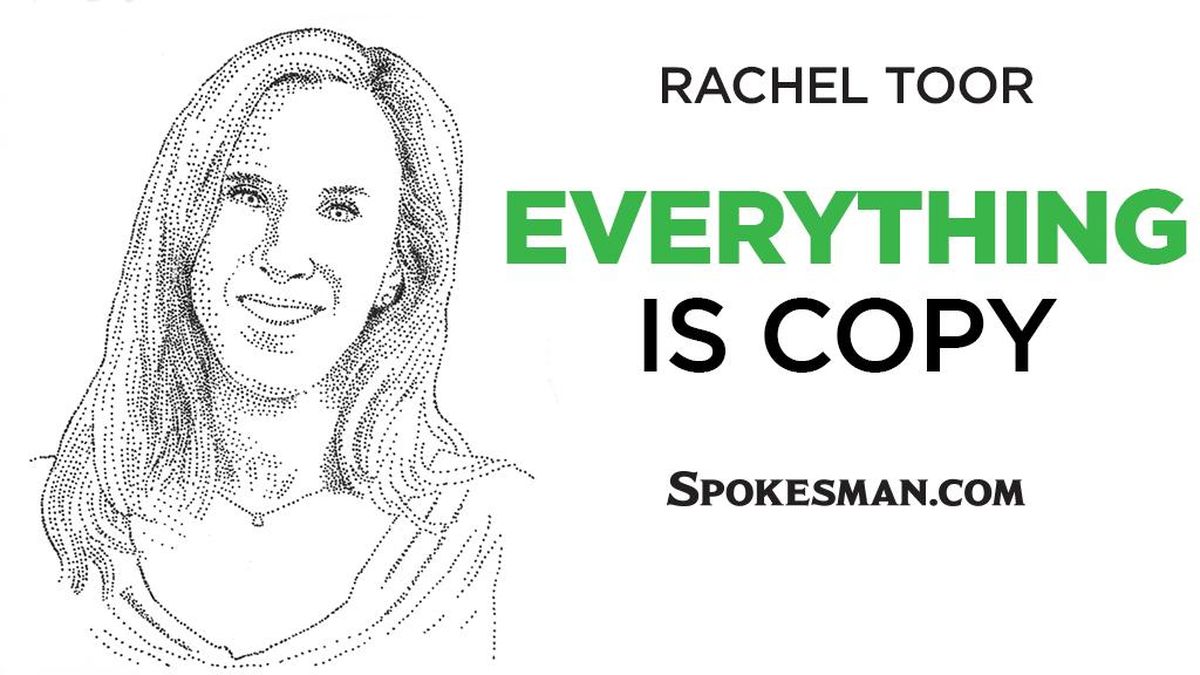Everything is Copy: Never again means never forget

On Yum Kippur, the Day of Atonement, holiest time of the Jewish year, in 1942, Henry Krystal’s mother was forced onto a train and taken to Treblinka. The 16-year-old boy never saw her again. He was sent to camps whose names I’ve always known: Auschwitz, Buchenwald, Birkenau.
Henry, the only member of his family to survive the war, made it to the U.S., to medical school, and into practice as a psychoanalyst. Both of Henry’s sons became renowned psychiatrists. One is an old friend I hold close.
When asked to comment on a study that showed Holocaust survivors outperforming American-born Jews of similar age, Henry told a New York Times reporter, “If I had been part of (the) study, he’d probably see me as very well adjusted. But I don’t see myself that way; I have lots of post-traumatic stress-type problems. Many survivors look better from a sociological point of view than from a psychiatric one.”
The Holocaust was something I don’t remember not knowing about. The danger of difference is clear to most kids, but I understood that the numbers on great-grandpa Max’s arm had dark meaning. I was called kike and Christ-killer. Under cover of night, someone spray-painted a swastika in front of our upstate New York house.
In college, I saw the film “Night and Fog,” made in 1956, 10 years after the liberation of the concentration camps. I knew I would never watch it again. Indelible images burned into my brain – mountains of shoes, of teeth, of bodies. Things I knew – people forced into ghettos, marched for miles and interned in work camps, 6 million Jews “exterminated” – were made visceral as a camera panned photo footage.
A couple of weeks ago, in honor of Holocaust Remembrance Day, I got a notice for a screening of a film called “Who Will Write Our History.” A follow-up email from a friend said it was worth seeing. And, he said, maybe a good idea to bring a non-Jewish friend or two.
The documentary is about Oyneg Shabes, a group formed by Polish historian Emanuel Ringelblum, to compile a real-time record of life in the Warsaw ghetto. The little-known archive, created in secret under the gravest threat, consists of documents and artifacts from 60 writers, historians, rabbis, artists and children. Eye-witness testimony.
Warsaw, in 1939, had the second largest Jewish community in the world, behind only New York City. When the Nazis moved in, they corralled 350,000 Jews, nearly a third of the city’s total population, into an area of 1.3 square miles.
The Nazis’ assiduous documentary compulsion left us with photographs of Jews being humiliated while grinning soldiers looked on, of people sardined into rooms, of skeletal children. We have films of crowds being rounded up naked, shot, and bulldozed into trenches.
“Who Will Write Our History” gives us access to astute, clear-eyed accounts from ghetto-dwellers, few of whom survived. We hear how, in early days, Nazis stopped women wearing fur coats and made them to scrub the streets. With their underwear. And then forced the women to put their panties back on. About tripping over corpses on the sidewalks. About eating one daily meal of thin soup, and attending concerts and lectures in the evening. About complicit Jewish police officers. It tells a human story, moving beyond words.
The archive, buried underground in metal boxes and milk cans in locations only three people knew, was found after the war beneath the ruins of the bombed-out city. It provides a curated exhibit of life under conditions imagination fails to capture.
In 1942, the Nazis began deporting the Jews from the ghetto to the Treblinka killing center. That history is well known. We have seen what happens when despots rise to power, when leaders exploit fear and incite violence, when politics is nothing more than dangerous propaganda.
And yet, it seems we’re in danger of forgetting. Anti-Semitism, and its equally deformed sibling, Islamophobia, are on the rise.
Today, 1 in 10 Americans are not sure they’ve ever heard of the Holocaust. Sixty-six percent of millennials don’t know what Auschwitz is.
If you’re not up on the long history of totalitarianism and persecution, perhaps it’s time to brush up.
And if you don’t know anything about Judaism, here’s what I understand. It’s a religion at whose center is the idea of loving your neighbor as yourself, even though that can be, at times, unimaginably hard.
Six weeks after this past Yom Kippur a man in Pittsburgh said, “We’re here to take care of sick people.” He said, “We’re not here to judge you.”
The man said, “I thought it was important to at least talk to him and meet him. You lead by example.”
The man said, “He asked me who I was, I said ‘I’m Dr. Cohen, the president of the hospital.’ And I turned around and left.”
After the gunman at the Tree of Life synagogue had been brought into the emergency room yelling about how he wanted to kill all the Jews, the Jewish doctor said he blamed not the shooter but our country’s leaders.
He said, “Words mean things. And the words are leading to people doing things like this.”
Rachel Toor is a professor of creative writing at Eastern Washington University. She is the author of one novel and five books of nonfiction.